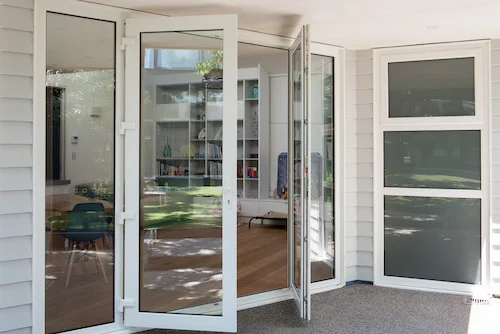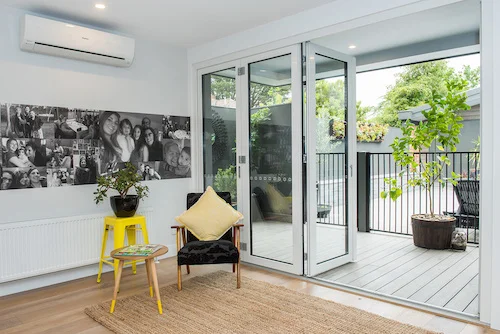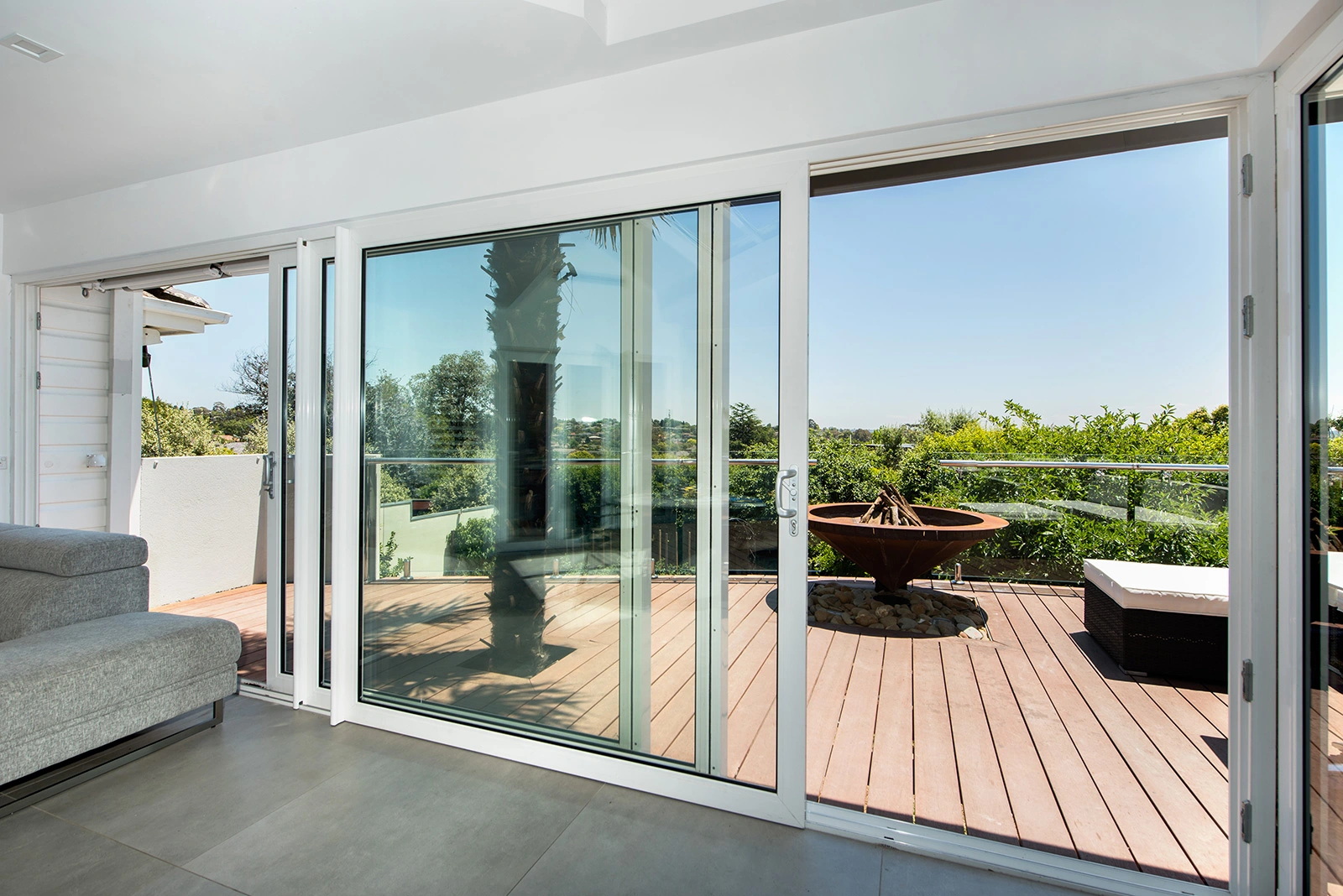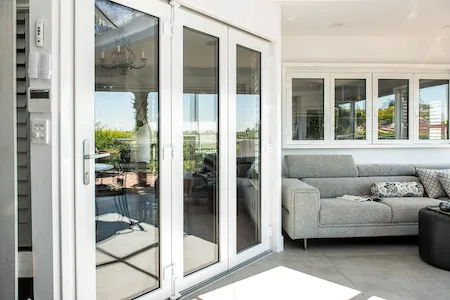Discover the Magic of uPVC Double Glazed Windows
When considering double glazed windows or doors, the choice of material plays a pivotal role in enhancing the window's performance. uPVC, or unplasticised Polyvinyl Chloride, stands out as an exceptional option due to its superb insulating properties, durability, and versatility. This material not only supports the energy efficiency goals of double or triple glazing but also complements them with additional benefits that are hard to match with other materials such as wood and aluminium. Furthermore, uPVC is inherently flame retardant and resistant to weathering, ensuring safety and longevity even under harsh environmental conditions. Its ease of maintenance and ability to retain its appearance over time make it an economically smart choice for any home or commercial project.
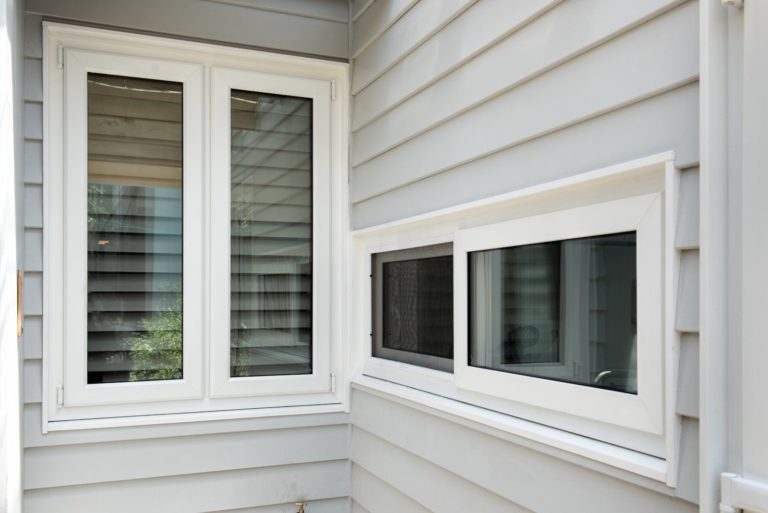
Types of Double Glazing
Insulating glazing typically has two panes of glass sealed together with air trapped between them to act as an insulator. When the unit is properly sealed, condensation will not occur between the panes; a drying agent called a desiccant is used in the spacer (the strip inside the panes that helps keep them apart) as added insurance against condensation. There are also several glass products on the market for special situations and uses, including safety glass. Here is a closer look at high-performance specialty glazing:
Low-Emissivity Glass
Low-emissivity, or low-e, glazing has a film applied to one of the glass surfaces. This coating allows light in but also prevents some solar rays from being transmitted through the glass. A low-e coating can help keep your home cool on a hot day by blocking longer-wave radiant heat from entering, and on a cold day it can prevent the radiant interior heat from escaping through the glass.
Low-e coatings also block ultraviolet rays, which reduces the fading of floors, floor coverings, drapes, and upholstery.
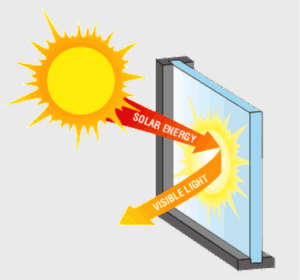
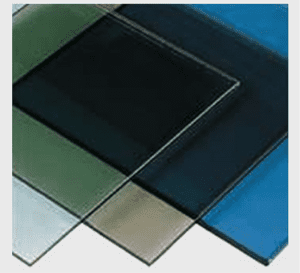
Tinted Glass
Usually given a bronze or grey cast, tinted glass dramatically cuts glare and heat from the sun (solar gain) yet only slightly reduces the amount of light admitted into your home.
Where sun-caused fading or damage may be a serious problem, such as at unprotected south-facing windows, you may want to opt for glass with a solar bronze or solar grey tint to reject UV rays.
Safety Glass
Safety glass is engineered for optimum safety and durability, making it ideal for both residential, office and commercial settings. It shatters into blunt, non-sharp pieces to significantly reduce the risk of injuries, especially in high-traffic areas. Safety glass is required by building codes for certain projects.
Safety glass is available as tempered or laminated glass. Tempered glass is heat-treated during the manufacturing process and crumbles (instead of shattering) if broken. Laminated glass has a film of plastic that holds the glass together if broken.
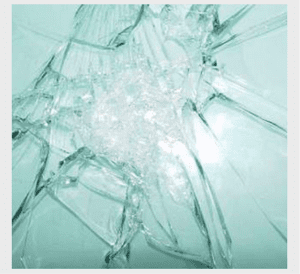
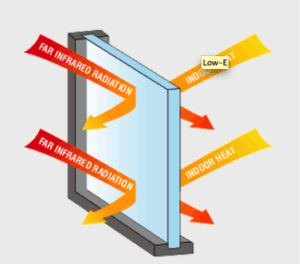
Reflective Glass
Like tinted glass, reflective glass reduces solar gain, improving a home’s energy efficiency. From the outside, it appears to be a mirror, obscuring the view and giving you privacy from those pesky neighbours. But beware, at night time, it gives the opposite effect when you have the light on inside, and you can see in easily.
Reflective glass also offers additional benefits beyond energy efficiency and privacy. It can help reduce glare, making it more comfortable to use electronic devices or watch television during the day.
Benefits of Double Glazed uPVC Windows
Energy Efficient
With up to 40% of a home’s energy for cooling or heating being lost or gained through windows, improving its thermal performance is necessary to reduce energy costs.
Noise Reduction
Sustainability & Durability
Manufactured with special protection against discolouring, distortion & shrinkage of our uPVC windows and doors.
The Aluplast Advantage
VUE Windows offers the strength, engineering and assurance of Aluplast, a world-leading brand of uPVC window & door solutions.



Call us today for a quote on a new set of uPVC Windows
FAQ’s
Why should I choose uPVC over other materials for double glazing?
uPVC is renowned for its exceptional insulation properties, which are crucial for the effectiveness of double glazing. Compared to materials like wood or aluminium, uPVC frames are more energy-efficient, reducing heat loss and helping maintain consistent indoor temperatures. Additionally, uPVC is low maintenance, resistant to rot, and does not require painting or sealing, making it a cost-effective and durable option for Australian homes.
How do uPVC double-glazed windows enhance energy efficiency?
The design of uPVC windows incorporates multiple chambers within the frame itself, which significantly enhances their thermal efficiency. When combined with double-glazed units, these windows can achieve excellent U-values, often as low as 1.4 W/(m²K), far surpassing the minimum requirements set by the National Construction Code of Australia for residential windows. This improved insulation helps reduce the reliance on heating and cooling systems, thereby lowering energy bills.
Are uPVC windows and doors resistant to Australian weather conditions?
Yes, uPVC windows and doors are designed to withstand Australia’s diverse climate, from extreme heat to coastal environments. They are UV stabilised to prevent degradation from harsh sunlight and are tested under Australian Standards AS/NZS 4420.1, which includes performance requirements for exposure to open weather.
Can uPVC windows and doors be customised to fit different styles of architecture?
Absolutely! uPVC windows and doors are available in a variety of colours and finishes, including wood grain textures, which can complement both traditional and contemporary architectural styles. They can also be custom-fitted with different types of glass and glazing options, such as low-e or tinted glass, to meet the specific aesthetic and functional needs of any building.
How do uPVC windows contribute to environmental sustainability?
uPVC windows play a significant role in environmental sustainability due to their long lifespan and energy efficiency, which reduces the carbon footprint of buildings. Additionally, uPVC is a recyclable material, and many manufacturers participate in recycling programs to reuse uPVC at the end of its life cycle, promoting a circular economy within the building industry.
 MAKE AN ENQUIRY
MAKE AN ENQUIRY
 CALL US
CALL US

